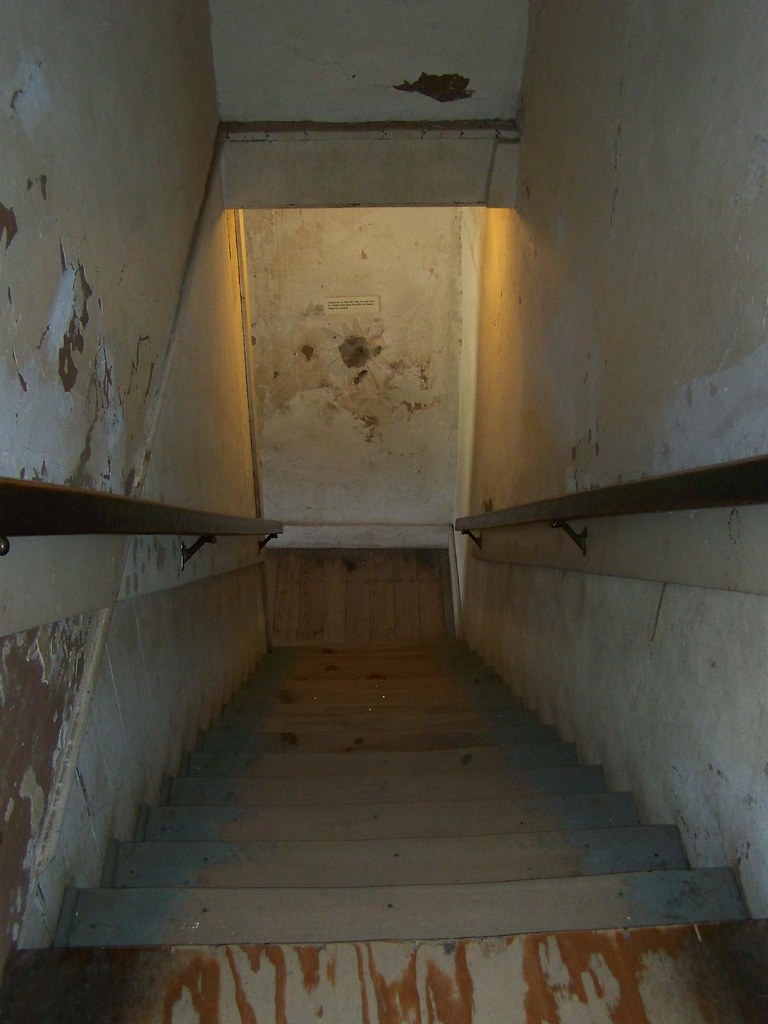How To Mill Slots
.206 slot, you can use a 3/16 end mill & then move it. 13/64 would give you.203.

Having that leg of the angle iron that you are milling unsupported really isn't the best setup. I'm glad that it worked for you but you should really hold pieces completely.
- For my material and endmill size (1/8' steel and 5/16' cutter), I decided to make my slot in 3 passes. So I only went 1/3rd the way through the material. When you get to your desired depth, use the quill lock to hold it in place. Now, move your X or Y axis (depending on which way you're making your slot) very slowly.
- I would first use a 5/16 end mill to cut a central slot clear through the part. From there, it depends on your tolerance for the slot width. Most 3/8 2 and 4 flute end mills will cut oversize slots. A 3 flute end mill will cut closer to the nominal size.
- To make the slots, I had to create a New Geometry ‘layer’ and add simple straight lines dead center of where I wanted the slots milled. FlatCAM would then just mill one pass, centered over that line. This required a third milling file – one for the bottom Cu, one for drilling and the third for the four slots. Came out P E R F E C T!
That formula for calculating spindle speed is wrong too. This is the real formula
(PI * DIA X RPM) / 12 = SFPM
How To Mill Slots In Stainless Steel
How To Mill Slots In Steel
Using your formula it says to run a 5/16 inch cutter at 550 RPM which is only 45 SFPM, less than half the speed you should run. You should mill steel at 100 SFPM or more.
I'll mock up a better setup. Ignore the burn holes in the steel. It is the first piece of scrap angle I found laying around. Anyhow, the hold down on the leg keeps it from fluttering around. Chatter is a bad thing when machining.